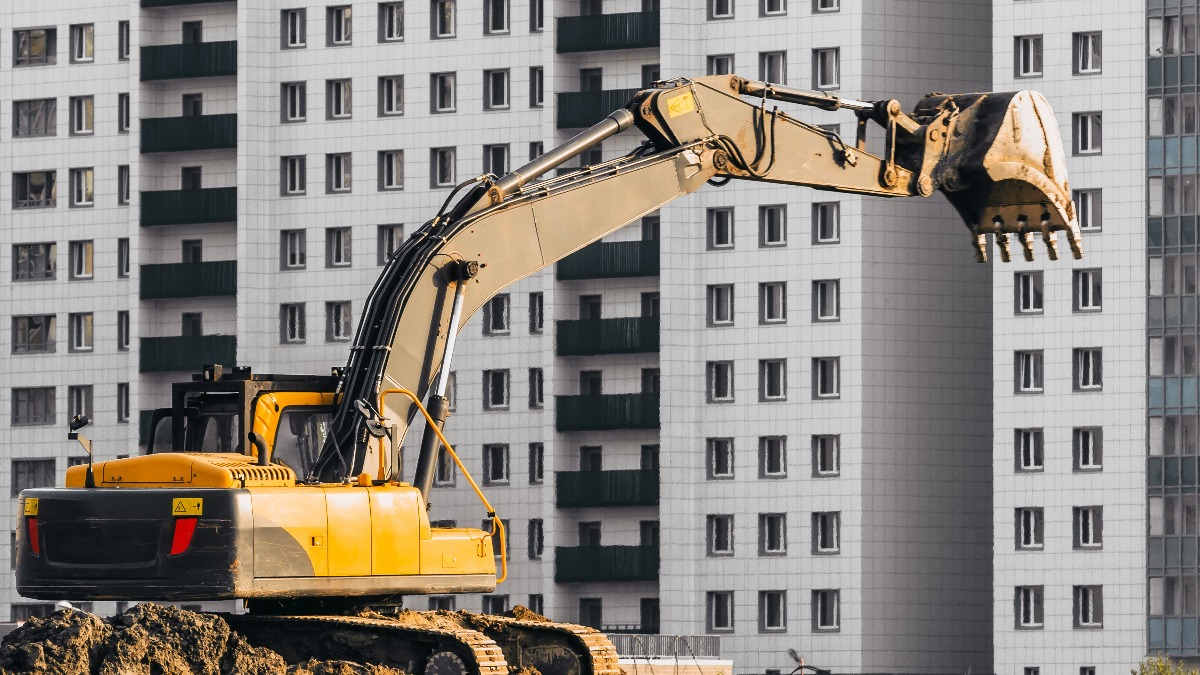
Small appliances such as fittings, connectors, and adapters play a critical role in every hydraulic application. They are responsible for ensuring your systems move, turn, dig, haul or mold. While these solutions provide a lot of support to your systems, you want to avoid basing your purchase decision on price only. The results? It can impact your systems as a whole.
In most cases, the consequences are dire, and you will end up using more money than the initial amount.
What’s more, the solution has a short life span, and increased maintenance is needed. But when you choose genuine products, the hydraulic system stays durable, has stellar performance, and low maintenance cost. This article covers guidelines to follow when buying your hydraulic components.
1. Quality Control
Quality control is the hallmark of standardization. Standardization also ensures that products meet the correct criteria based on design. As a buyer, this gives you peace of mind knowing that you are buying quality products. Also, when quality is as it should be, it provides the best performance for your systems. Based on a review at https://winnellievalves.com, ask your distributor or manufacturer whether their products meet the standards for quality check. For example, some organizations may provide technical studies to develop high-quality systems.
These systems offer a reduction of waste and differences in the supply chain. Over time, this lowers any issues of defects and leads to continual improvement. Remember, quality products mean your systems can operate for a long time without needing regular maintenance.
2. You Don’t Have to Deal with Corrosion Issues
Every hydraulic component needs to be corrosion resistance-free. This is because most carbon steel fluid-based conveyance products begin rusting within minutes of exposure to elements. Whichever field you work in – oil and gas, construction, or agriculture – grit, moisture, or salt spray can quickly damage your equipment. You want to avoid chances of this happening, especially if you’re in a remote location.
It can be challenging to acquire replacement components in such places, and downtime is a risk too significant for your liking. If you want to avoid such situations, go for products tested in line with ASTM (American Society for Testing and Materials). This check evaluates the corrosion resistance of a particular material exposed to fog or salt spray at high temperatures.
3. Improved Flow
Understanding the flow media is critical and can help determine the type of valve you need. If you’re dealing with water, for example, the cleanliness of water is vital. However, this might not be the case for a closed-loop system. Why is this so? It’s difficult for contaminants to enter a closed-loop system.
On the other hand, open-ended systems can collect sand or debris that can cause the valves to wear out faster. In the same fashion, a water hammer is a significant hindrance. It may cause pipes to explode or pull from their anchor point – this causes the valves to burst. While some valves are designed to limit water, ensure you go for quality ones that fit your situation.
4. Efficiency and Effectiveness
Every engineer wants a hydraulic system free of any issues and running efficiently. For example, if you’re an automotive engineer, you want to choose adapters, fittings, and connectors that meet your company’s needs. When you’re buying your equipment, check to test whether the components fit. You also want to ensure they can work with different automotive engine components.
With the right parts, your system can deliver optimal performance with less maintenance. Additionally, go for a component that can operate at high work pressures without regular breakdowns. Remember, increased efficiency and effectiveness can help eliminate issues of interchangeability.
5. Safety
Never cut corners with hydraulic safety. The nature of hydraulic systems allows them to operate under high pressure. As mentioned above, such parts can become damaged if improperly stored, installed, or serviced. Ensure you understand the different pressures and temperatures that exist within hydraulic equipment. Today, hydraulic systems are designed with varying frameworks from those of previous years. They are more powerful and are built with increased pressure.
Of course, everyone wants their machine to be much bigger, faster, and more robust, explaining the changes. This increased power also means the systems are dangerous should anything go wrong. This is why buying the appropriate components is critical. It ensures your system has the correct elements to increase safety.
Hydraulic components should consistently deliver the performance you need to stay in operation. By doing your homework when making purchasing decisions, you can ensure your systems look better, last longer, and operate efficiently. Whatever component you need for your hydraulic system, always look for a reputable manufacturer that can offer the right choice of quality control, expertise, and availability.




